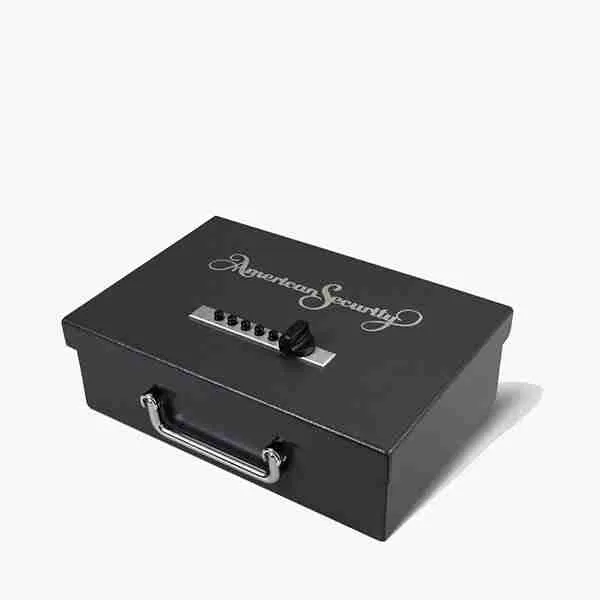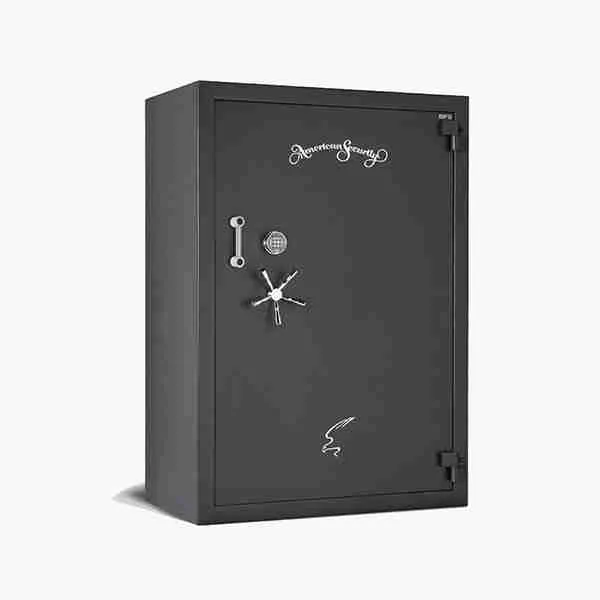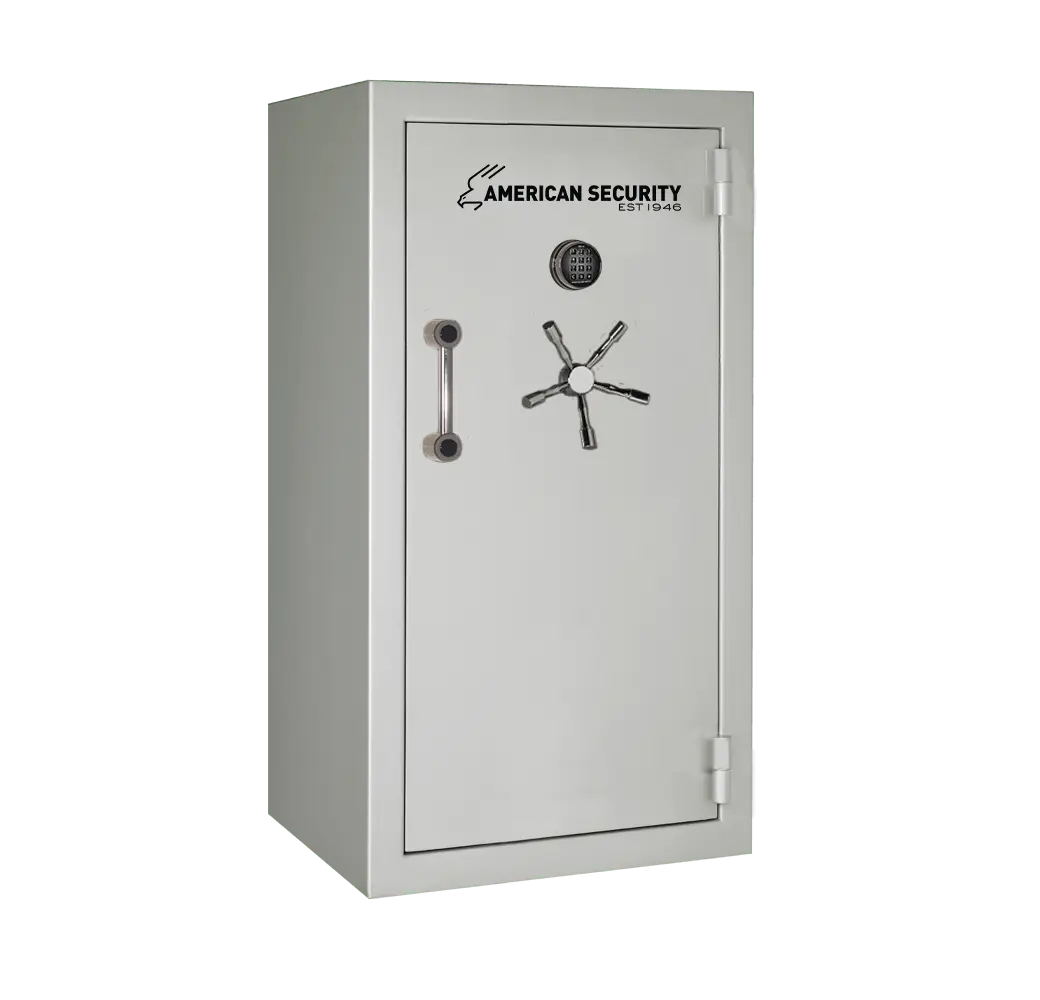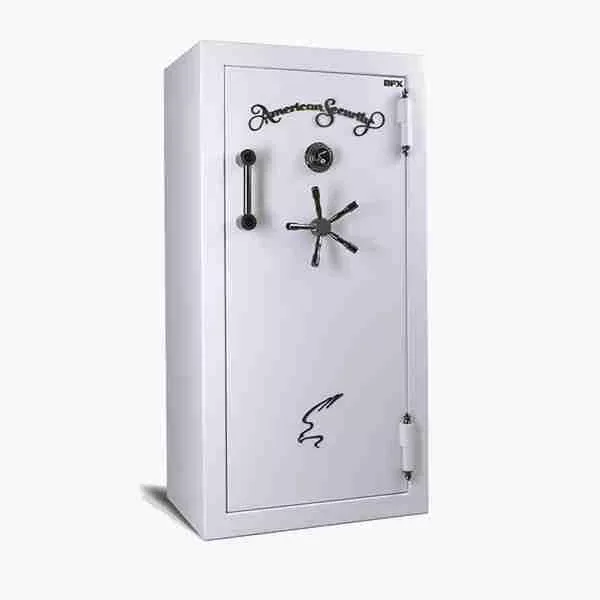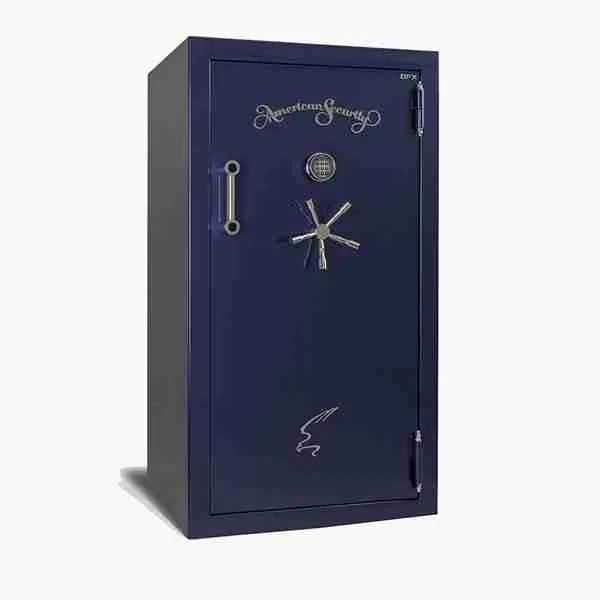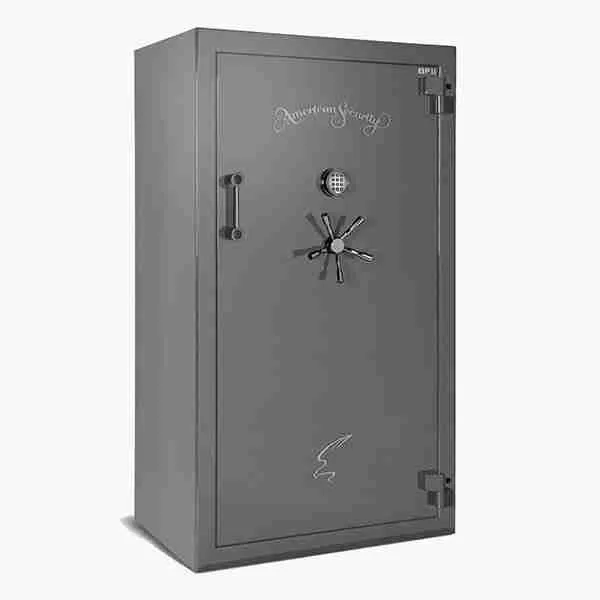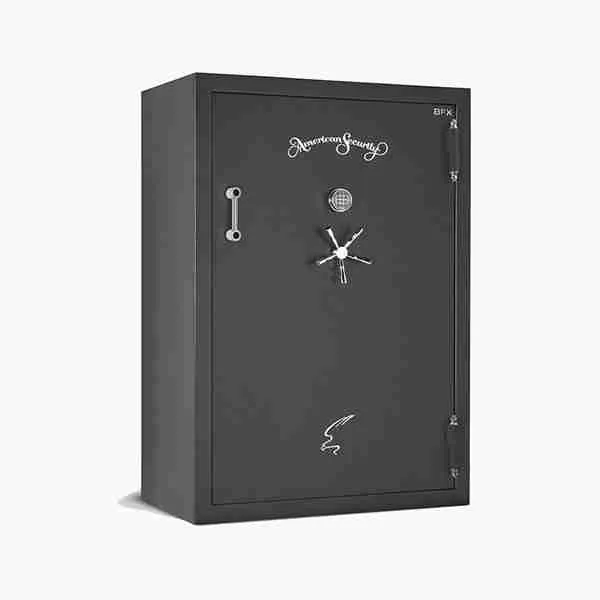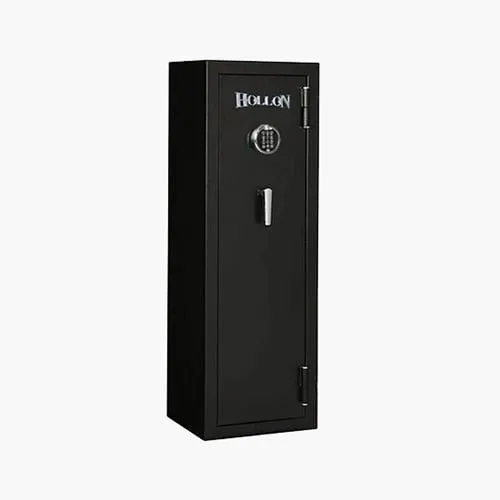Clever Ways to Conceal Your Gun Safe at Home
Keeping your firearms secure while ensuring they are accessible can be a challenge. An effective solution is to use a home gun safe that blends seamlessly with your home décor or hides in plain sight. Not only does this approach keep your guns safe from unauthorized access, but it also integrates beautifully into your living space. For those considering a secure and discreet option, Alpine Safes offers a range of gun safes that fit the bill perfectly. Visit our home gun safe section to find a model that suits your needs.
Choosing the Right Safe for Your Space
Finding a gun safe that fits well with your home’s look makes it easier to hide. You should consider how big it is, what color it is, and what style it is to ensure it goes well with your rooms.
Assessing Your Interior Design
When thinking about where to put your gun safe, look around your home first. What colors do you see a lot of? What kind of furniture do you have? These questions help you decide where your safe can go without standing out. If your living room has a lot of wooden furniture, a safe that looks like a wooden cabinet might not get noticed. This is about making sure the safe doesn’t stick out like a sore thumb.
Size and Style Considerations
The size and style of the gun safe are also important. If you live in a small apartment, a huge safe might not work. It’s better to find a smaller one that can still hold what you need but doesn’t take up too much space. Also, think about how the safe looks. Some safes look like books, others that fit inside walls, and some can be hidden in furniture. Picking the right size and style means your safe will keep your guns safe and blend in with your home.
Creative Placement Ideas
Finding clever spots for your gun safe can effectively keep it out of sight. Look beyond the usual spots like closets or underbeds. Your home is full of potential hiding places that can cleverly conceal a safe without drawing attention.
Utilizing Furniture and Decor
Incorporating your gun safe with furniture or decor can cleverly mask its presence. Imagine a safe that slides out from behind a seemingly normal mirror or is built into a side table. You can also use a tall, decorative plant to hide a safe standing in a corner. The idea is to integrate the safe with items that already exist in your living space. This way, it blends in naturally, and nobody suspects a thing. It’s about making the safe a part of your home’s landscape without it sticking out.
Hidden in Plain Sight Spots
Places that are right in front of everyone can be surprisingly good at hiding things. Consider installing a safe that’s built into a wall, then covering it with artwork or a movable TV mount. Another idea is to place a safe under floorboards in a closet, covered by a rug or a stack of boxes. These are spots everyone sees but never thinks to examine closely. The key is to make these hiding places part of your regular decor or structure, so they don’t catch the eye. By choosing common areas that people often overlook, you make the safe virtually invisible while keeping it accessible to you.
Custom Solutions for Gun Safe Concealment
There are times when what you find in stores just doesn’t match what you need. Making changes to a gun safe or the area around it can make it blend in perfectly with your home.
DIY Modifications
Doing it yourself to make your gun safe blend in is not only practical but can also be a fun project. You could paint the safe to match the wall or furniture it’s near, making it less noticeable. Another option is to add shelves or frames around it, so it looks like it’s just another part of your furniture. The goal here is to use your creativity and materials you may already have at home to make the safe part of your living space. This way, you ensure it doesn’t stand out and keeps your valuables secure without ruining the look of your room.
Professional Customization Options
If you’re not into DIY or want something more advanced, professional customization is the way to go. Professionals can create hidden compartments in furniture, walls, or floors specifically designed for your safe. They have the tools and knowledge to make sure everything looks seamless and maintains the integrity of your home’s design. This could mean building a safe into a piece of furniture or constructing a hidden room behind a bookshelf. With professional help, your safe can be hidden in ways you might not have thought possible, ensuring it remains out of sight while fitting perfectly into your home’s aesthetic.
The Role of Camouflage
Using items you already have or some smart decoration tricks can easily hide your safe. It’s about making the safe part of the room without anyone knowing it’s there.
Everyday Items as Camouflage
You can use things you find around the house to hide your safe. For instance, placing a safe behind hanging clothes in a closet or under a stack of blankets in a linen cupboard makes it hard for someone to find unless they know it’s there. Even putting a safe in a utility room and covering it with cleaning supplies or boxes can keep it hidden. The trick is to place the safe where people wouldn’t think to look, using items that are normally found in that space. This way, the safe stays out of sight, keeping your items secure without attracting attention.
Decorative Camouflage Techniques
Decorations are not just for making a room look nice; they can also hide your safe. Think about a picture frame that swings open to reveal a safe or a bookcase where one of the shelves moves aside. You could even use a decorative blanket to drape over a safe in a corner, making it look like just another piece of furniture. The key is to use decorations in a clever way that serves two purposes: beautifying your space and keeping your safe hidden. With a little creativity, your safe can be right in plain sight without anyone being the wiser.
Maintaining Accessibility and Safety
Hiding your safe doesn’t mean making it hard for you to get to when you need it. It’s crucial to keep both safety and easy access in mind.
Balancing Concealment with Accessibility
When you hide your safe, you need to make sure you can still get to it fast if necessary. For example, if you choose a spot behind a picture or inside a closet, make sure it’s easy to move those items quickly. You could have a lock on the safe that opens with a code or a fingerprint, so you don’t waste time looking for keys. The idea is to hide your safe in a way that doesn’t slow you down when you need to open it. Think about the most efficient way to reach your safe without making it obvious to others.
Safety Measures to Consider
Keeping your safe hidden is one thing, but you also need to make sure it’s secure. This means choosing a safe that can’t be easily moved or broken into. You might want to bolt the safe to the floor or a wall. Also, think about who in your home should know about the safe and how to open it. It’s important to have a plan in case of an emergency. For example, if there’s a fire, you should know how to grab what’s inside quickly and safely. The safety of everyone in your home is the most important thing to remember when deciding where and how to hide your safe.
Effortless Gun Safe Solutions That Match Your Home Decor
Effortlessly blending a gun safe into your home decor doesn’t have to be a challenge. With the right strategy, you can ensure your firearms are both safely stored and easily accessible, all without disrupting the look and feel of your living space. The key is finding solutions that allow your safety measures to become a natural part of your home’s aesthetic, keeping them out of sight while still within easy reach.
Secure Your Firearms with Alpine Safes Today
Looking for a secure way to store your firearms? Alpine Safes at 1979 Marcus Ave # 210, Lake Success, NY, 11042, has got you covered. Call us at (877) 587-7333 or visit https://alpinesafes.com/ to find the perfect safe for your home.


